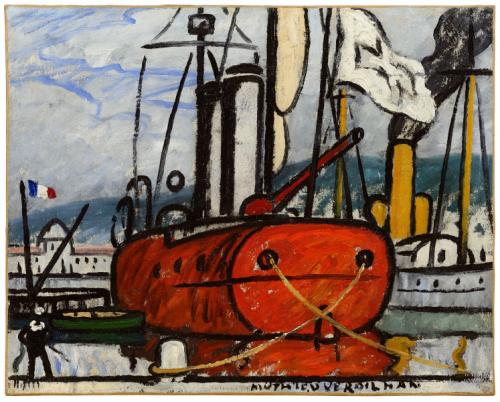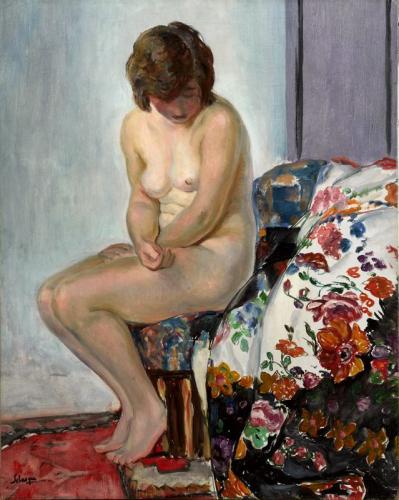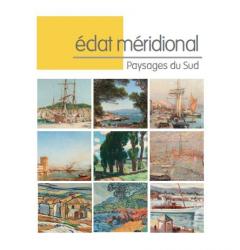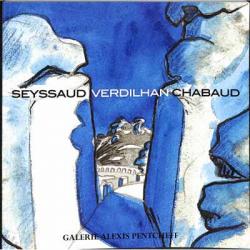A self-taught painter, Louis Mathieu Verdilhan was part of the tradition of the Provençal landscape painters of the second half of the 19th century, whom he deeply admired. Strongly attached to the contributions of his predecessors, he was not, however, insensitive to the pictorial upheavals that occurred at the dawn of the 20th century. It was not until 1909 that Verdilhan's works began to pay a certain tribute to Fauvism. He explored certain facets of the movement in a very personal way, allowing him to advance in his own research, both chromatic and formal. Fauvism would have acted on Verdilhan as a sort of revelation, bringing a collective answer to questions that had been nagging at the painter for some time.
From this Fauvist explosion, he intercepted the fragments of molten matter that he worked with care, integrating certain innovations sparingly into his work, adapting the solutions provided by Fauvism to his own questioning. He thus learned to transpose colors frankly and to stretch them into flat areas, and began to envisage a layering of planes that created a singular perspective. In 1909, he exhibited at Bernheim's in Paris, alongside Edmond Cross, Félix Vallotton, Paul Signac, Pierre Bonnard and Edouard Vuillard. That year, at the request of Joachim Gasquet, he painted a series of canvases about the park of Versailles. The following year, his work was presented at the Druet Gallery, around the works of Henri Manguin, Albert Marquet and Henri Matisse.
Between 1910 and 1914, Verdilhan divided his time between Paris and Marseille. He participated in the "Provençal Renaissance" dear to Alfred Lombard and Pierre Girieud, who aimed to make the city a more dynamic artistic center. An exhibition dedicated to the artist was being prepared in Leipzig, but the war prevented its realization. It must be said that Verdilhan's preoccupations, particularly since 1911, brought him very close to the work of the German expressionists, and in particular to the group Der Blaue Reiter, which had just been created around Kandinsky, Franz Marc and August Macke. Pierre Girieud made the link between these foreign avant-garde movements and his Marseilles companions, particularly through his relationship with Adolf Erbslöh, co-founder of the New Munich Artists' Association (NKV).
Verdilhan explores sinuous and angular lines, sharp cuts, triangular flat areas. His palette takes on acidic tones in compositions in which the artist's inner anxiety shines through. From 1914, Verdilhan's work took a different direction, finding in the 1920s a synthetic form of expression of modernity. His friend, the sculptor Antoine Bourdelle, engaged him to exhibit in the United States and a partnership was initiated with the New York gallery Kraushaar in 1923. However, success on the other side of the Atlantic was not forthcoming and the artist was left bruised by this commercial failure.
Verdilhan remains, alongside René Seyssaud and Auguste Chabaud, one of the standards of modernity in Provence. If each of them followed a very personal artistic path, their names were nevertheless regularly joined together to underline a form of innovative expression likely to inspire the younger generation in the region.

Seyssaud - Verdilhan - Chabaud
30 September 2016 - 29 October 2016

Antibes Art Fair 2016
16 April 2016 - 2 May 2016


